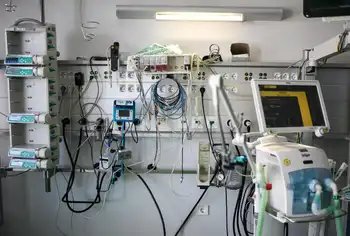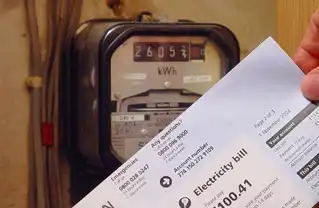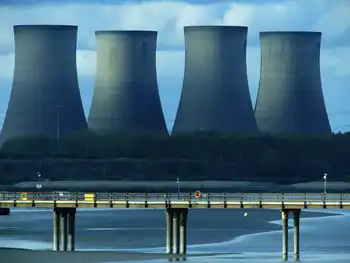DOE calls for bigger nuclear waste dump
By Associated Press
CSA Z463 Electrical Maintenance -
Our customized live online or in‑person group training can be delivered to your staff at your location.

- Live Online
- 6 hours Instructor-led
- Group Training Available
In a report to Congress, the Energy Department asked that the current capacity limit of 77,000 tons of waste — imposed by Congress in 1987 — be removed to accommodate all of the waste expected to be generated at commercial power plants, many of which are likely to operate for another four decades or more.
In a separate report, the department dismissed suggestions that reactor waste be kept at temporary storage sites at government facilities, an option that President-elect Barack Obama has suggested as a possible alternative to the planned Nevada site, Yucca Mountain, located 90 miles northwest of Las Vegas.
The department said the government is prohibited by law to accept the reactor waste at federal facilities or other sites since a 1982 law specifically singled out Yucca Mountain as the only future waste repository.
"In order to undertake interim storage in a timely manner, legislation would be needed," the Energy Department report said.
But the Yucca Mountain repository, with its statutory capacity limit, is nowhere near adequate for handling all the material expected to be generated by the country's 104 commercial reactors before they are shut down, the department said.
Energy Secretary Samuel Bodman said unless Congress removes the 77,000-ton limit on Yucca Mountain lawmakers will have to approve a search for a second repository. As many as nine potential waste sites had been looked at before Congress in 1987 declared that only the Nevada site should be considered.
The statutory limit on capacity "is not based on any technical considerations, and the repository layout at Yucca Mountain can be expanded to accommodate three times the amount of fuel allowed under the current arbitrary cap," Bodman said in a statement.
Nearly 64,000 tons of reactor waste is now kept in cooling ponds and concrete storage canisters at commercial power plants, with about 2,200 tons being added every year. The Energy Department said that power plants could generate as much as 143,000 tons over their extended operating life. The Yucca Mountain site also would have to accommodate defense-related reactor waste.
During the presidential campaign, Obama called Yucca Mountain the wrong place for a waste repository, citing the potential for earthquakes and other scientific issues. Obama has been unclear on an alternative, but has suggested that for the time being the used reactor fuel should be kept at power plants and perhaps at interim government locations.
The Energy Department in its report said that if Congress gives authorization and adequate funds, it could have an interim storage facility running by 2015. But the Bush administration has argued against interim storage, arguing it would take pressure off building a permanent repository and require waste to be moved twice.
The department submitted an application for a permit to build and operate Yucca Mountain to the Nuclear Regulatory Commission earlier this year. The commission has four years to act on the proposal. If a permit is approved on schedule the Yucca site could begin taking waste by 2020.
Nevada officials have vigorously fought the Yucca project, arguing that the site is not the best place to put material that will remain highly radioactive for up to a million years.
Senate Majority Leader Harry Reid, D-Nev., has vowed to starve the project of funds.











